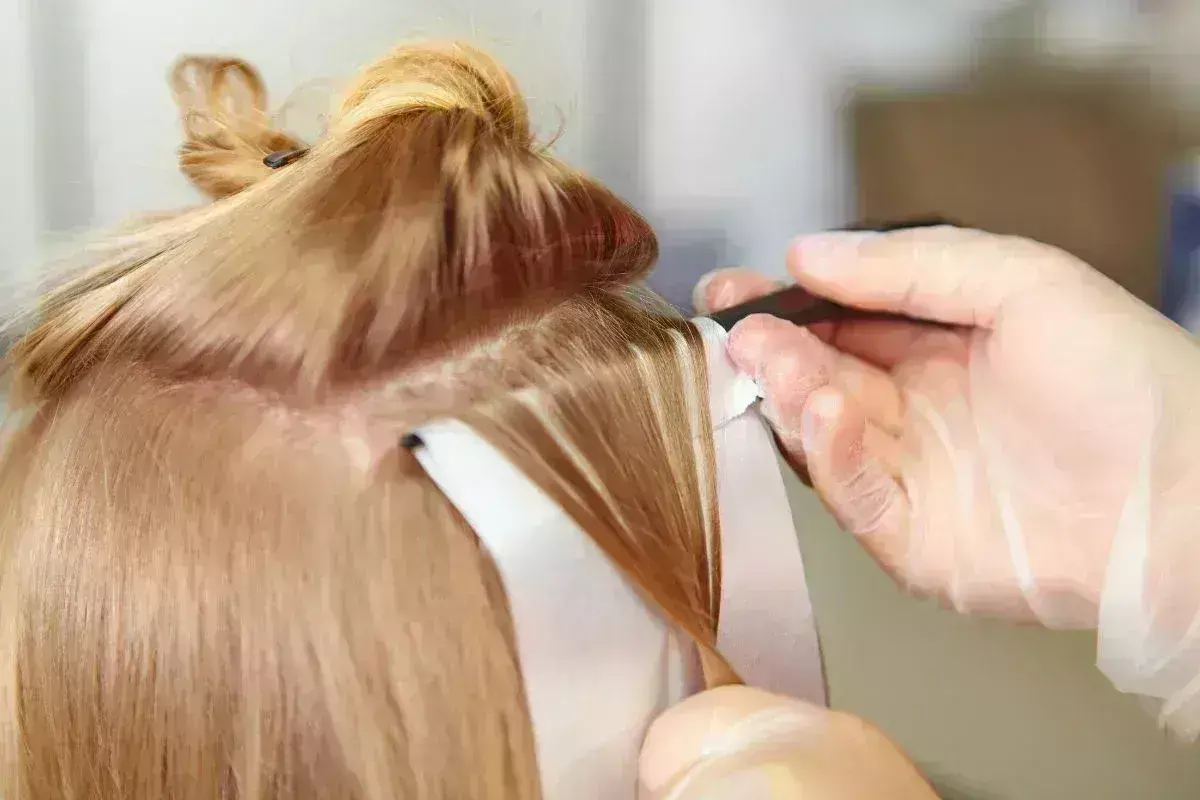- Home
- Medical news & Guidelines
- Anesthesiology
- Cardiology and CTVS
- Critical Care
- Dentistry
- Dermatology
- Diabetes and Endocrinology
- ENT
- Gastroenterology
- Medicine
- Nephrology
- Neurology
- Obstretics-Gynaecology
- Oncology
- Ophthalmology
- Orthopaedics
- Pediatrics-Neonatology
- Psychiatry
- Pulmonology
- Radiology
- Surgery
- Urology
- Laboratory Medicine
- Diet
- Nursing
- Paramedical
- Physiotherapy
- Health news
- Fact Check
- Bone Health Fact Check
- Brain Health Fact Check
- Cancer Related Fact Check
- Child Care Fact Check
- Dental and oral health fact check
- Diabetes and metabolic health fact check
- Diet and Nutrition Fact Check
- Eye and ENT Care Fact Check
- Fitness fact check
- Gut health fact check
- Heart health fact check
- Kidney health fact check
- Medical education fact check
- Men's health fact check
- Respiratory fact check
- Skin and hair care fact check
- Vaccine and Immunization fact check
- Women's health fact check
- AYUSH
- State News
- Andaman and Nicobar Islands
- Andhra Pradesh
- Arunachal Pradesh
- Assam
- Bihar
- Chandigarh
- Chattisgarh
- Dadra and Nagar Haveli
- Daman and Diu
- Delhi
- Goa
- Gujarat
- Haryana
- Himachal Pradesh
- Jammu & Kashmir
- Jharkhand
- Karnataka
- Kerala
- Ladakh
- Lakshadweep
- Madhya Pradesh
- Maharashtra
- Manipur
- Meghalaya
- Mizoram
- Nagaland
- Odisha
- Puducherry
- Punjab
- Rajasthan
- Sikkim
- Tamil Nadu
- Telangana
- Tripura
- Uttar Pradesh
- Uttrakhand
- West Bengal
- Medical Education
- Industry
Hair dyes most frequent sensitizers for hand dermatitis among hairdressers

The culprit allergens in products used to dye, bleach, and wave hair differed somewhat between hairdressers and consumers suggests a new study published in the Contact Dermatitis
Hair cosmetic products contain several, partly potent contact allergens, including excipients like preservatives. Hand dermatitis in hairdressers is common, scalp and face dermatitis in clients or self-users (summarised here as ‘consumers’) may be severe.
A study was done to compare frequencies of sensitization to hair cosmetic ingredients and other selected allergens between female patch tested patients working as hairdressers and consumers without professional background, respectively, who were tested for suspected allergic contact dermatitis to such products.
Patch test and clinical data collected by the IVDK (https://www.ivdk.org) between 01/2013 and 12/2020 were descriptively analysed, focusing on age-adjusted sensitization prevalences in the two subgroups.
Results
Amongst the 920 hairdressers (median age: 28 years, 84% hand dermatitis) and 2321 consumers (median age: 49 years, 71.8% head/face dermatitis), sensitization to p-phenylenediamine (age-standardised prevalence: 19.7% and 31.6%, respectively) and toluene-2,5-diamine (20 and 30.8%) were most common. Contact allergy to other oxidative hair dye ingredients was also more commonly diagnosed in consumers, whereas ammonium persulphate (14.4% vs. 2.3%) and glyceryl thioglycolate (3.9 vs. 1.2%) as well as most notably methylisothiazolinone (10.5% vs. 3.1%) were more frequent allergens in hairdressers.
Hair dyes were the most frequent sensitizers both in hairdressers and in consumers; however, as indication for patch testing may differ, prevalences cannot directly be compared. The importance of hair dye allergy is evident, often with marked coupled reactivity. Workplace and product safety need to be further improved.
Reference:
Uter, W, Hallmann, S, Gefeller, O, et al. Contact allergy to ingredients of hair cosmetics in female hairdressers and female consumers—An update based on IVDK data 2013–2020. Contact Dermatitis. 2023; 1- 10. doi:10.1111/cod.14363
Keywords:
culprit, allergens, products, dye, bleach, and, wave, hair, differed, somewhat, between, hairdressers, consumers, Uter, W, Hallmann, S, Gefeller, O.
Dr. Shravani Dali has completed her BDS from Pravara institute of medical sciences, loni. Following which she extensively worked in the healthcare sector for 2+ years. She has been actively involved in writing blogs in field of health and wellness. Currently she is pursuing her Masters of public health-health administration from Tata institute of social sciences. She can be contacted at editorial@medicaldialogues.in.
Dr Kamal Kant Kohli-MBBS, DTCD- a chest specialist with more than 30 years of practice and a flair for writing clinical articles, Dr Kamal Kant Kohli joined Medical Dialogues as a Chief Editor of Medical News. Besides writing articles, as an editor, he proofreads and verifies all the medical content published on Medical Dialogues including those coming from journals, studies,medical conferences,guidelines etc. Email: drkohli@medicaldialogues.in. Contact no. 011-43720751


